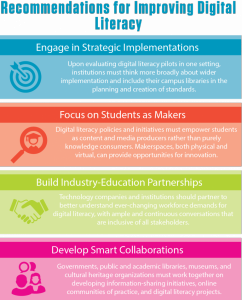Chris read #53ideas 27 – Making feedback work involves more than giving feedback – Part 1 the assessment context. A great little paper full of epithets that perfectly describe the situation I find myself in. ‘You can write perfect feedback and it still be an almost complete waste of time’. ‘University policies to ensure all feedback is provided within three weeks seem feeble’.’On many courses no thought has been given to the purpose of the learning other than that there is some subject matter that the teacher knows about’. ‘Part time teachers are seldom briefed properly about the course and its aims and rationale, and often ignore criteria’. The take home message, for me, was that the OU is an exemplar in the area of giving good, useful, consistent feedback even when the marking load is spread over a number of people: ‘If a course is going to hire part-time markers then it had better adopt some of the Open University’s practices or suffer the consequences.’
Jane recommended: Sea monsters& whirlpools: Navigating between examination and reflection in medical education. Hodges, D. (2015). Medical Teacher 37: 3, 261-266. Interesting paper around how diverse forms of reflective practice employed by medical educators are compatible with assessment. She also mentioned “They liked it if you said you cried”: how medical students perceive the teaching of professionalism
Suzi read E-portfolios enhancing students’ self-directed learning: a systematic review of influencing factors
This 2016 paper is based on a systematic literature review of the use of online portfolios, with most of the studies taking place in an HE context. They looked at what was required for portfolio use to foster self-directed learning. Their conclusions were that students need the time and motivation to use them, and also that portfolios must:
- Be seamlessly-integrated into teaching
- Use appropriate technology
- Be supported by coaching from staff (this is “important if not essential”)
Useful classification: purpose (selection vs learning) and volition (voluntary vs mandated) from Smith and Tillema (2003). Useful “Practical implications” section towards the end.
Suzi read How & Why to Use Social Media to Create Meaningful Learning Assignments
A nice example of a hypothetical (but well thought-through) Instagram assignment for a history of art course, using hashtags and light gamification. Included good instructions and motivation for students.
Has some provocative claims about the use of social media:
“It’s inevitable if we want to make learning relevant, practical and effective.”
“social media, by the behaviours it generates, lends itself to involving students in learning”
Also an interesting further reading section.
Suzi read #53ideas 40 – Self assessment is central to intrinsic motivation
Feeling a sense of control over learning leads to higher levels of engagement and persistence. If possible this would be the what, how, where and when. But “taking responsibility for judgements about their own learning” – so good self & peer assessment – may be enough. Goes through an example of self & peer assessment at Oxford Polytechnic. Challenging to our context, as this was highly scaffolded, with the students practicing structured self-assessment for a year before engaging in peer assessment. Draws on Carl Rogers principles for significant learning. Interesting wrt the need to create a nurturing, emotionally supportive space for learning.
Suggested reading
Engagement and motivation
Social media and online communities
Assessment and feedback
More general, learning at scale
